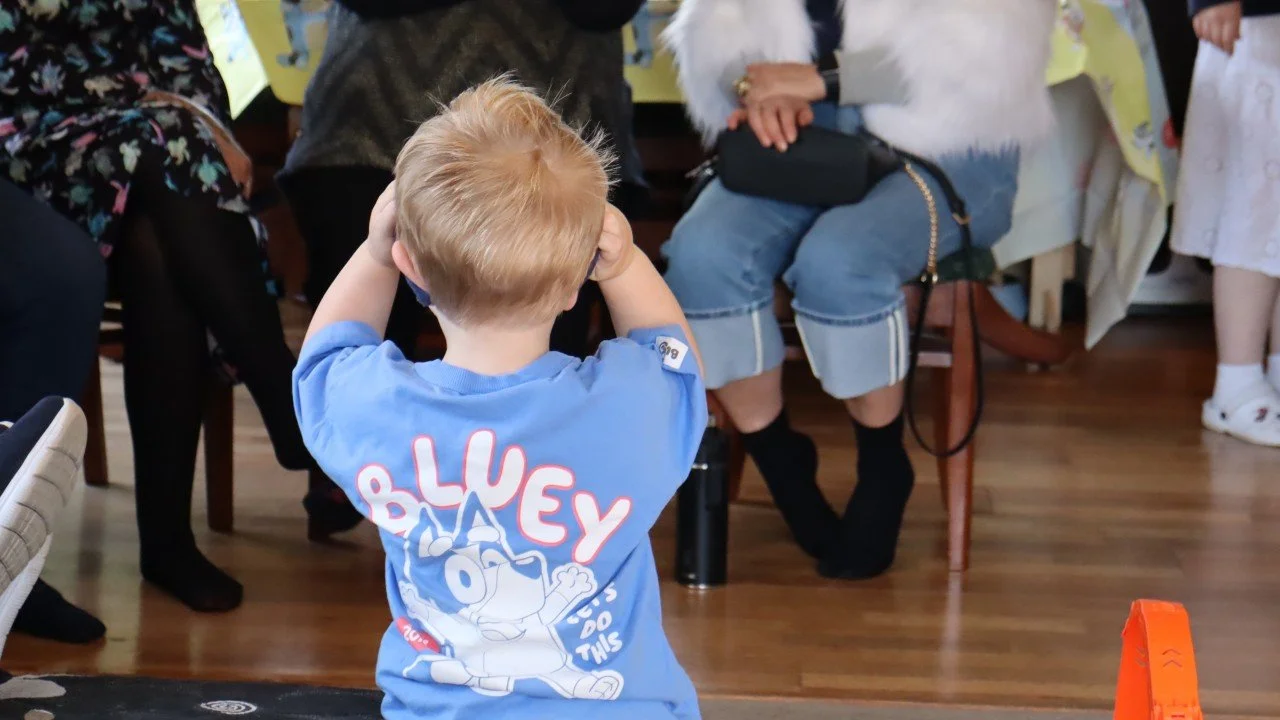Raising Hiwa-i-te-Rangi: Leadership, Legacy, and the Future We’re Building
Hiwa at his birthday wearing a bluey t-shirt
A Second Birthday, A Bigger Horizon
Hiwa-i-te-Rangi has just turned two. Our living room was filled with laughter, wrapping paper, and a Bluey-themed cake with a helicopter perched on top.
As we celebrated, I kept thinking about what his name carries, Hiwa-i-te-Rangi, the Matariki star of dreams and aspirations. A name that reminds us to dream boldly, to place our hopes in him, and to commit to building a world worthy of his potential.
“Parenting is not just about raising a child. It’s about raising the horizon for the next generation.”
Raising a Child in an Unequal World
Raising Hiwa is a joy, but it is also shaped by the realities of the world he’s growing up in.
A world where disabled children still face barriers to education and healthcare.
A world where Māori and Pacific tamariki experience inequities that are systemic and generational.
A world where Rainbow whānau like ours are still questioned, debated, and made visible only on other people’s terms.
These tensions remind me daily that parenting is both deeply personal and profoundly political.
Intersectionality in Action
Intersectionality, a term coined by Kimberlé Crenshaw, tells us that none of us lives a single identity at a time. For Hiwa, this means growing up Māori, Pacific, part of a disabled and Rainbow whānau, and shaped by rural community life.
Each of these layers carries both richness and challenge. They intersect in ways that can either multiply inequity or amplify strength, depending on the systems he encounters.
“Hiwa’s name calls us to look up, but his whakapapa calls us to look deep, to see the intersections where resilience, culture, and love meet.”
For Frankie Karetai-Wood-Bodley and me, raising Hiwa is about more than teaching him to navigate the world as it is. It’s about teaching him that he has the right and the responsibility to help change it.
What We Owe the Next Generation
What can parents, leaders, and society do?
Design systems for tamariki, not for bureaucracy. Health, education, and social policy must be shaped around the lived realities of children like Hiwa, not solely around efficiency.
Embed intersectionality. Recognise that tamariki Māori, disabled whānau, and Rainbow families are not edge cases but part of the heart of Aotearoa.
Shift the narrative. Stop asking if children like Hiwa “belong.” Start asking how we will ensure they flourish.
Could you carry legacy forward? Just as we look to Hiwa-i-te-Rangi during Matariki to set our hopes, we must hold ourselves accountable to creating the conditions that make those hopes possible.
“We don’t just raise children. We raise futures. And the future we raise for Hiwa is also the future we raise for every child.”
Closing Reflection
Hiwa’s second birthday reminded me that joy, resilience, and equity are inseparable. The trampoline in the backyard, the messy cake, and the sparkle in his eyes are not just family moments; they are acts of hope.
From Ōtautahi to the broader world, raising Hiwa is both a privilege and a promise: to carve out space for dignity, inclusion, and possibility for every child.
🔗 Follow me for more reflections on systems change, equity leadership, and human rights diplomacy.
🖤 Ko te pae tawhiti whāia kia tata. Ko te pae tata whakamaua kia tīna. | Seek out the distant horizons so they may become close. Hold fast to the close horizons so they may be secured.


